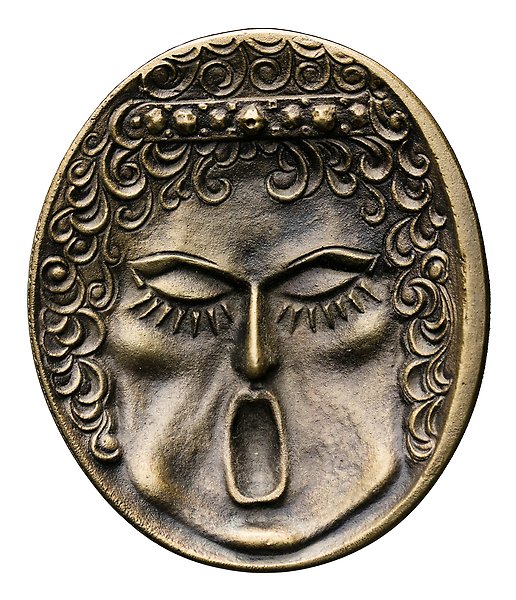Medals
The first medals were made during the Renaissance as status symbols for the rich and powerful. These medals were often created by famous artists and could be given out as rewards or memorial gifts, for example at funerals.
Medals today are made in a wide range of designs and for many different purposes. They can commemorate people or events, and are often awarded as prizes in competitions or for significant scientific discoveries. They can also be souvenirs from special places.
What is in the collections?
Uppsala University's Coin Cabinet contains medals from all over the world. Much of the collection consists of Swedish medals, from royalty, academies and individuals. Among the most famous objects are two Nobel Prize medals, from Allvar Gullstrand (prize winner in Medicine and Physiology in 1911) and The Svedberg (prize winner in Chemistry in 1926). But there are also a large number of medals from, for example, Denmark, Russia and Germany and a number of private collections. The most extensive of these are Gustav Planer's collection of Gustav II Adolf-related coins and medals, Nils Uno Fornander's collection of medals on the theme of music and Erik Waller's medical history medals.
All images of the Coin Cabinet's items in Alvin can be downloaded in print quality and may be used freely, both commercially and non-commercially.

Birgit Nilsson, medal by Rune Karlzon. Inv. nr 201470
.png)
Medal by Sebastian Dadler, struck after the death of Gustavus Adolphus. Inv. nr 202083
Want to know more about the collection?
As a private individual, you can access the objects in our collections in various ways. Look out for our events, visit the Gustavianum's various exhibitions or search for the objects on the digital platform Alvin. If you have specific questions, you can contact our antiquarians for each collection.
